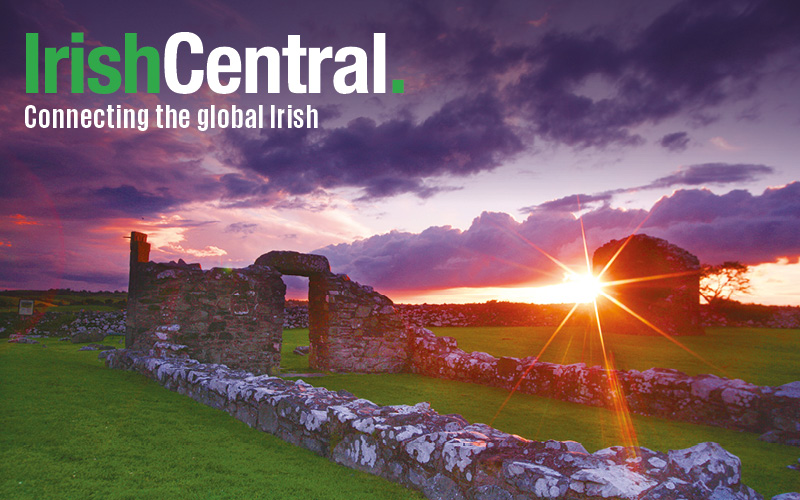I was always skeptical of the "Yanks" who came to visit my house in Ireland many years ago, all relatives from America on the ancestry trail. There were distant cousins from Detroit and San Francisco, all drawn back to the ancestral land where they had originally come from. My father would spend much time with them, but because most of the 19th century census records from Ireland were destroyed by fire there was only so far everyone could go back.
Now all these years later I understand fully what it must have meant to them to seek out the souls of their ancestors. You see, just last weekend I traced my own ancestors on my father's side - finally. The 1911 Irish census is finally online and, it so far covers only four counties, Antrim, Dublin, Down and Kerry. Luckily, the O'Dowd old homestead is in Kilcooley about seven miles from Dingle in Co. Kerry, deep in the recesses of the Gaeltacht, still an Irish speaking area and one of the most remote, beautiful and haunting places in all of Europe.
The movie "Ryan's Daughter" was filmed a stone's throw from the village. Now my family is included in the data just released by the Irish authorities. My brother in Ireland called me excitedly and referred me to the Kilcooley parish records from 1911 - and there, at last, was our family. It was an extraordinary moment to reach out and touch the souls who came before me and made me what I am today. Some names I knew; others I never would. They are there under the heading, "Residents of House No. 8 Kilcooley, Kerry."
My great grandfather Edward Dowd (the census taker translated the Gaelic form, O Dubhda, to Dowd, but my father later added the "O" back) was the family patriarch back in 1911. He was 72 years old and married with four children. He signed his census form with an X, which meant he was not literate, a fact the census taker duly noted. He had been born just a few years before the Famine in 1839 and had gone through it. He was a farmer and he and wife Mary, 69, in 1861 lived in their two-room house and small farm and raised four kids there.
Now in 1911 they shared the two-room house with 13 others - an incredible amount of people but a fair indication of the awful economic times. There was Michael, my grandfather, and his wife Catherine Kennedy from a nearby town land. They were 45 and 38 respectively when the census was taken on the night of April 2, 1911. I remember my grandmother dimly, my grandfather not at all.
They had nine children at that point, and the census taker duly noted that 10 had been born but one did not survive - something none of my family today ever knew. There was Mary, who went to Detroit; Jack, who followed her there; Michael, who would eventually inherit the farm; Ellen, who became a nun in Savannah, Georgia; Patrick, who became a priest in the black hills of South Dakota; and there too was Donal, my father, five years old on April 2, 1911 who later became a school teacher. Underneath him were Edward, who went to London, and Thomas, who became a Christian Brother. Not yet born were Dennis, who also became a Christian Brother, Brid, who came to New York, and Matt, who also became a Christian Brother and died tragically young.
Also living in the house was two of my grandfather's brothers. Everyone was listed as farmer or scholar, except for my grandfather's brother who was listed as fisherman. Everyone except Edward was literate, but only in the Irish language. There were more people living in my great grandfather's house than any other home in the parish. A family called the O'Connors had a six-room house, which must have made them the envy of the O'Dowds and everyone else locally. What amazed me too is the fact that, almost 100 years later, the same families still occupy the village. Next door still are the Hurleys and Sheas as they were in 1911. The old homestead is now farmed by my cousin Padraig.
We know from Griffiths Valuations, an 1852 survey of land prices in West Kerry, that Michael and Mary Dowd were living in Kilcooley back then, though there is no further information on them. There is a wonderful timelessness to all this, the sense that the rhythms of life in an isolated part of rural Ireland pass down from generation to generation. I feel like a chapter on a previous life of my family has suddenly been opened up, and the history suddenly come to life. I know too what those Yanks were looking for all those decades ago and how important it must have been for them. It is for me too now. For more information on the 1911 Irish census, visit www.census.nationalarchives.ie.




Comments